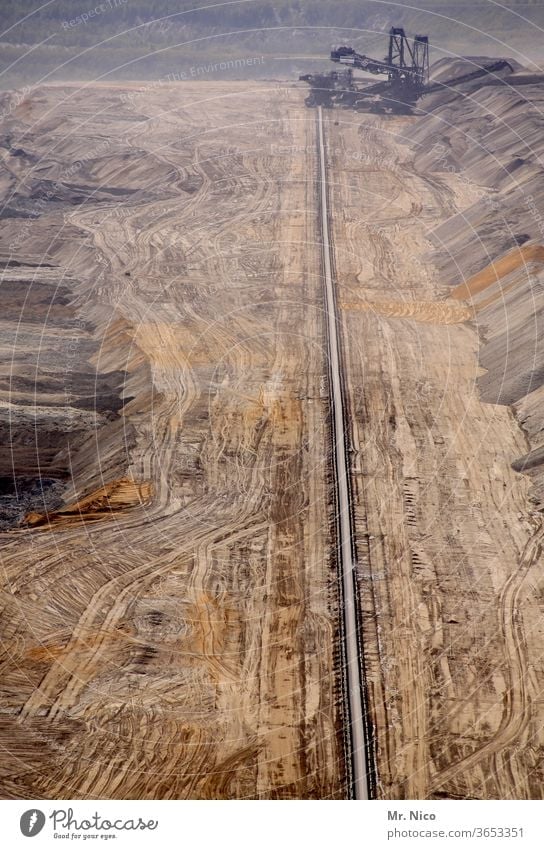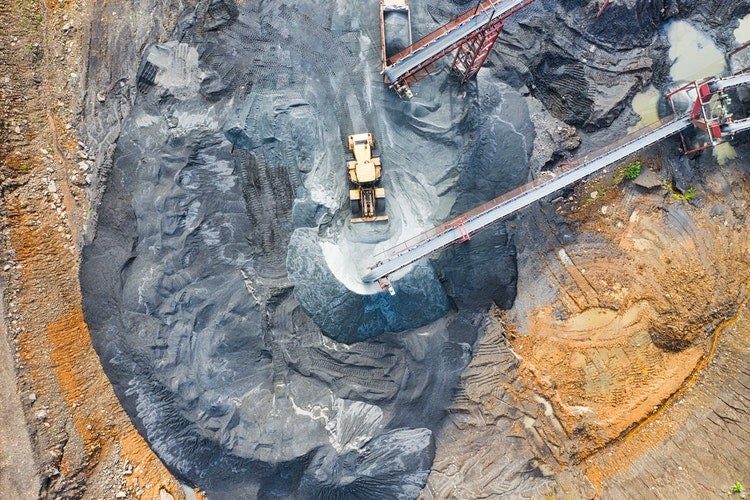Some Known Details About Overland Conveyors
Table of ContentsThe Greatest Guide To Overland ConveyorsThe Of Overland ConveyorsFacts About Overland Conveyors RevealedGetting My Overland Conveyors To WorkSome Ideas on Overland Conveyors You Should Know
Belt Conveyors Belt conveyors are one of the most usual and also most basic kind of conveyor as well as can have variable rates. They have a moving belt that rests on a steel framework that sustains the belt as well as the materials being relocated. Ones that have a supporting framework below are referred to as moving style.Gravity Roller Conveyors Gravity roller conveyors have a collection of just as spaced rollers linked to a side structure. The placement of the rollers supplies a surface to put materials for activity. If a gravity roller conveyor is tilted or mounted on an angle, materials relocate by gravity. Items of differing dimensions can be loaded on a gravity roller conveyor, employees need to be careful of bigger products running into smaller sized ones.
Chain Conveyors Chain conveyors can have 2 or a number of sets of chains that make contact with the base of items to be relocated. The products rest on the chains as they are moved. Chain driven conveyors are ideal for items with irregular bottom surfaces or ones that are extremely hefty.
Due to the types of items chain conveyors move, they operate really gradually. Motorized Roller Conveyors Motorized roller conveyors make use of motors, positioned along the conveyor framework, to power uniformly spaced rollers (Overland Conveyors). The design resembles a gravity conveyor with the addition of electric motors. The variety of motors depends on the lots to be moved as well as the overall design of the system.
Overland Conveyors Can Be Fun For Anyone
In some systems, there is a sensor that starts as well as quits the electric motor to stay clear of pieces obtaining compacted. Slat Conveyors Slat conveyors have the very same design as chain conveyors with level slats linked to the chain. In some means, they resemble belt conveyors with slats replacing the belt.
The unit safeguards the track from wear as well as makes it less complicated to put bends as well as curves in the system. Open Track Conveyors - Open track conveyors do not cover the track and usage I beams as the track. They are very easy to set up and suitable for long straight arrangements. Chain Expenses Conveyors - Chain expenses conveyors make use of a continuous powered chain that leaves a track.
In other styles where necklaces are not made use of, pusher pets may be made use of to move trolleys along a 2nd track placed beneath the chain track. This sort of system is described as power and cost-free. Monorail Conveyors Monorail communicating systems have carriers to relocate materials as well as are perfect for use over lengthy distances.
Monorail conveyors utilize the space over the manufacturing area. In some styles, the providers lower to the level of manufacturing and after that go up, off the beaten track. Power and also Free Conveyors Power as well as free conveying systems are made to move components through the production and assembly process.
The 25-Second Trick For Overland Conveyors

Upside down Conveyors Inverted conveyors are flooring placed and can be used as power and cost-free conveyors. They normally have a drive system that does not involve a belt or chain. Paternoster Conveyors Paternoster conveyors are an upright conveying system that utilizes equivalent spaced load service providers connected to a chain drive, which relocates in a continual loop.
Chute Conveyors Chute conveyors have a smooth level surface made of wood, metal, or plastic that is set on an angle in a framework, which can be directly, spiral, or round. Items are glided down the surface - Overland Conveyors. Screw Conveyors Screw conveyors are made use of to move mass compounds such as granular products, chips, and also loose products.
The chain can bending along the horizontal axis enabling it to make straight turns and is qualified of making upright contours. The various sorts of spins as well as transforms a COE makes enables it to be a lot more functional than typical chain driven conveyors. Skid Conveyor Skid conveyors are one more form of floor installed conveyor that relocates products on components that recommended you read have actually longitudinal joggers called skids with traveling being longitudinally and transversely.
Overland Conveyors for Beginners
Skid conveyor systems are valued for the performance as well as peaceful mode of transportation. The variations in skid conveyor systems are because of the lots of elements and also control systems that can be consisted of. Friction Conveying System A rubbing conveying system makes use of an electric motor to drive a rubbing wheel made from non metal material to create driving force.
Friction sharing systems are a risk-free alternative to power and also free systems with the significant advantage of operating cleaner and also quieter. They have a versatile design, device building, very easy rate transforming, can quickly be increased, as click reference well as reduced overall expense. The main purpose for rubbing sharing systems is to assist with operations that have a high manufacturing rate.

Once the system remains in location, its inner operations become a complicated moving process that is critical to the efficiency as well as success of a procedure. How a Conveyor System Works To limit the discussion of conveying systems, the details below focuses on belt communicating systems considering that they are one of the most typical.
Assistance System: The support system enables the belt to relocate smoothly. It is particularly made to hold the relocating material without drooping.
The 5-Minute Rule for Overland Conveyors
In between them are idler or dummy pulley-blocks that are moved by the belt. The drive pulley-block pushes or pulls the lots, while the tail sheave returns the belt. As can be seen in the representation, idler sheaves offer a selection of functions in assisting the belt, that include regulating its tension.